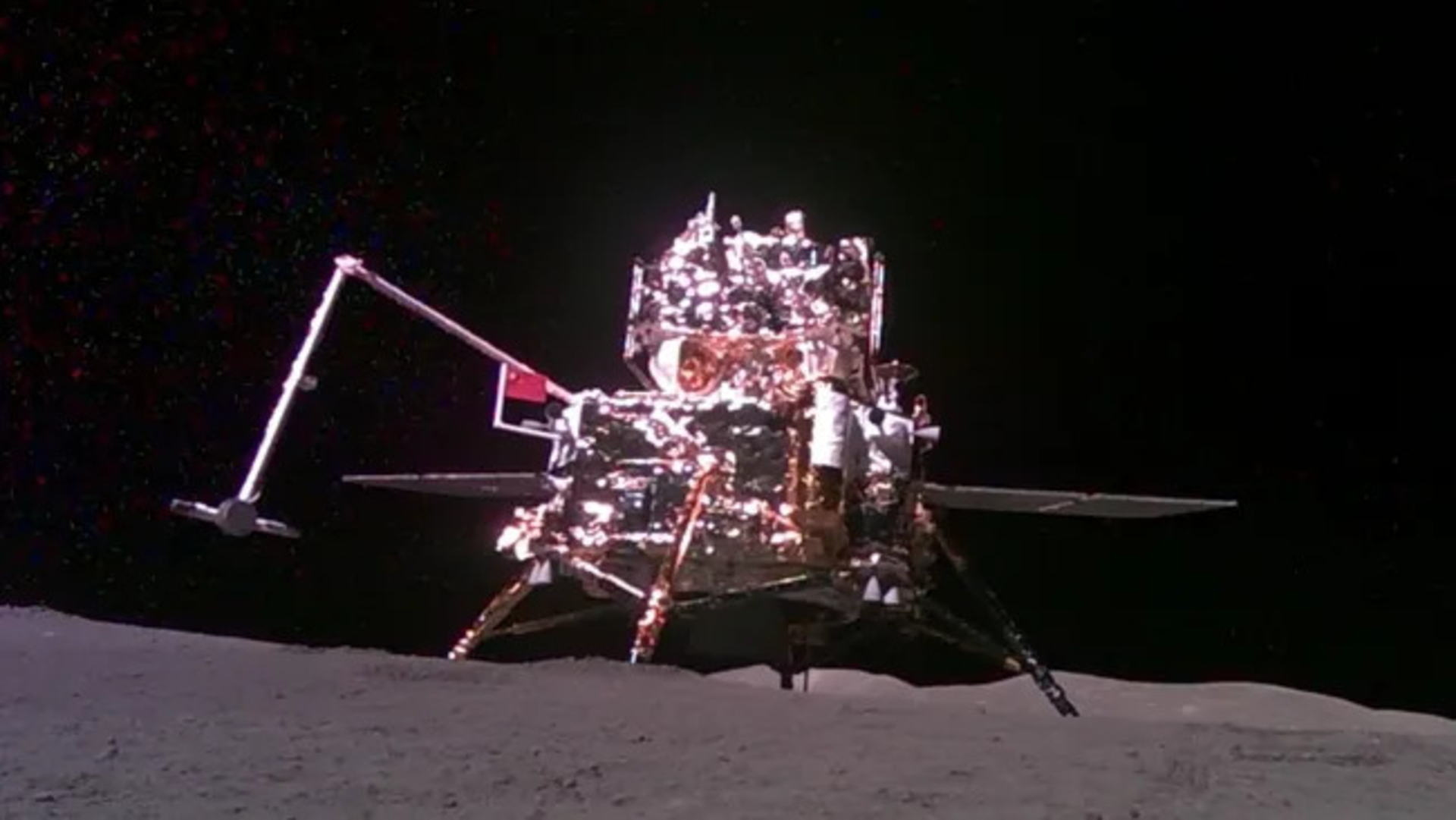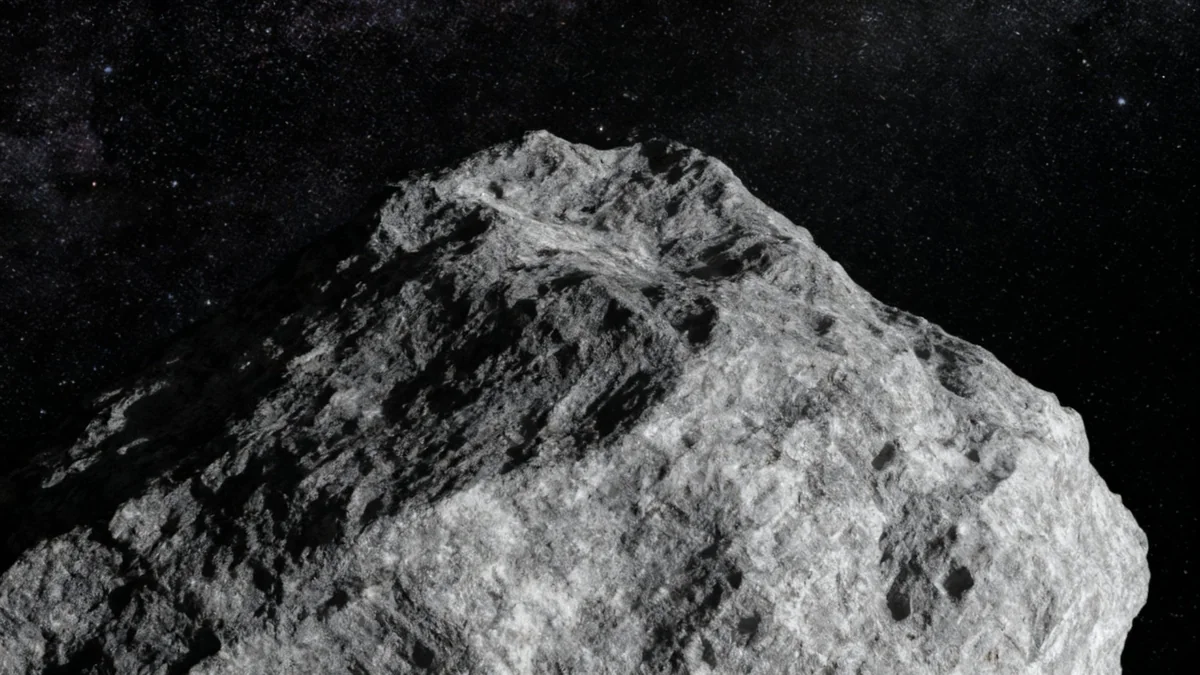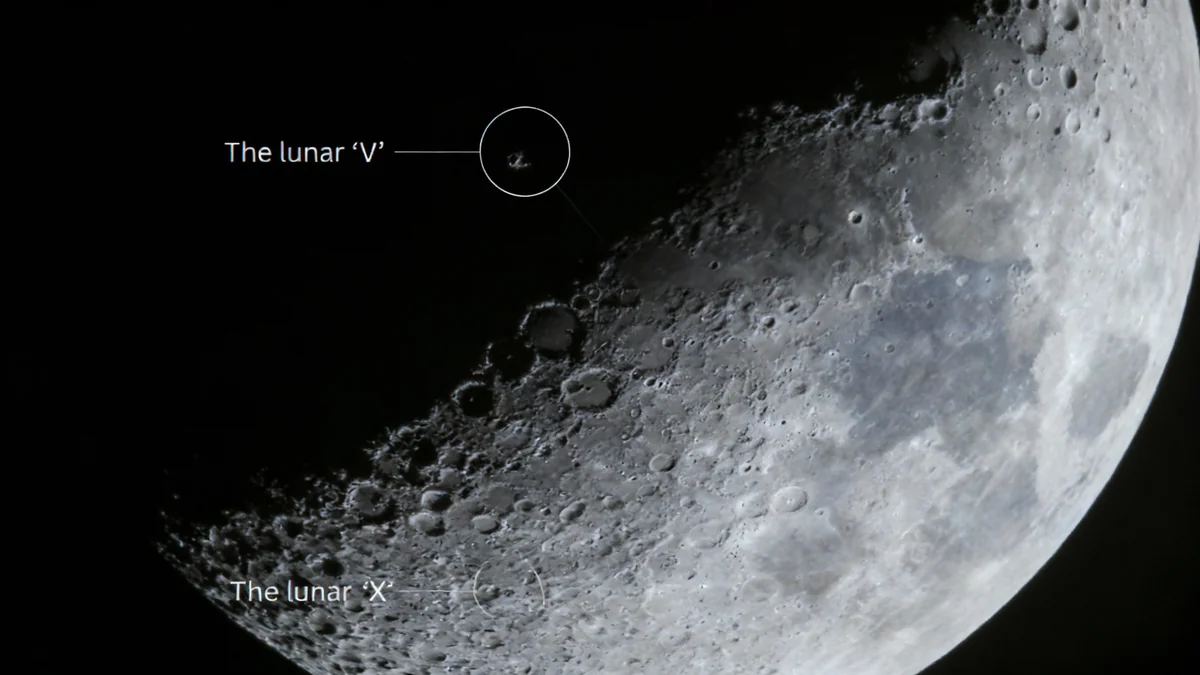Humanity's search for extraterrestrial life, a question that has captivated philosophers and scientists for centuries, has transformed from speculative thought into a dedicated scientific field. With thousands of planets now discovered beyond our solar system, the quest to determine if we are alone in the universe is more active than ever, driven by advanced technology and an unyielding sense of curiosity.
From early observations of Mars to the sophisticated analysis of distant star systems, each step has refined our understanding of where and how life might exist. This ongoing exploration combines astronomy, biology, and chemistry to tackle one of science's most profound mysteries.
Key Takeaways
- The search for extraterrestrial life has evolved from ancient philosophy to a data-driven scientific endeavor.
- The first confirmed exoplanets were detected in 1992, with the number of known worlds now exceeding several thousand.
- Missions like Kepler and Viking have been pivotal, revolutionizing planet detection and performing the first life-detection experiments on Mars.
- The concept of a "habitable zone" guides the search, with systems like TRAPPIST-1 offering promising targets.
- Despite advancements, the Fermi Paradox—the question of why we haven't found evidence of alien civilizations—remains a central topic of debate.
A History of Looking Up
The human fascination with other worlds is not a new phenomenon. Long before the advent of powerful telescopes, ancient thinkers pondered the existence of life beyond Earth. However, it was the late 19th century that saw this curiosity capture the public imagination on a massive scale.
Astronomer Percival Lowell popularized the idea of "Martian canals," intricate networks he believed were evidence of an intelligent civilization on the Red Planet. While his theories were later disproven, they ignited a widespread belief in Martian life that persisted for decades and underscored a fundamental shift from philosophical wonder to observational inquiry.
From Canals to Craters
The notion of Martian canals was ultimately debunked by higher-resolution images from missions like Mariner 4 in the 1960s, which revealed a cratered, seemingly lifeless surface. This marked a crucial moment where scientific data began to replace speculation in the search for life.
This historical context set the stage for a more rigorous, scientific approach. The focus moved from simply looking for civilizations to understanding the fundamental conditions required for life to emerge anywhere in the cosmos.
The Exoplanet Revolution
For most of human history, the planets in our solar system were the only ones we knew. That changed dramatically in 1992 with the first confirmed detection of exoplanets—planets orbiting stars other than our Sun. This discovery opened a new frontier in astronomy.
A major milestone occurred in 1995 with the discovery of 51 Pegasi b, the first exoplanet found orbiting a Sun-like star. This finding demonstrated that planetary systems could be vastly different from our own and that planets were common throughout the galaxy.
A Universe of Worlds
The number of confirmed exoplanets has now grown to be in the thousands, a testament to the power of modern detection methods. The vast majority of these discoveries were made by a single mission.
The NASA Kepler mission, launched in 2009, was a game-changer. Using the transit method—detecting the slight dimming of a star as a planet passes in front of it—Kepler single-handedly discovered thousands of new worlds, revealing that planets may outnumber stars in our galaxy. This data transformed exoplanets from a rarity into a common feature of the cosmos.
Searching in the 'Goldilocks Zone'
With so many planets to study, scientists needed a way to narrow the search for life. This led to the concept of the habitable zone, often called the "Goldilocks zone." This is the orbital region around a star where conditions are "just right"—not too hot and not too cold—for liquid water to exist on a planet's surface.
Liquid water is considered a key ingredient for life as we know it, making planets within this zone prime targets for further investigation.
The TRAPPIST-1 System
A remarkable discovery in 2017 brought the concept of the habitable zone into sharp focus: the TRAPPIST-1 system. This system, located about 40 light-years away, contains seven rocky, Earth-sized planets orbiting a small, cool star. At least three of these planets are situated firmly within the star's habitable zone.
"The discovery of the TRAPPIST-1 system was a pivotal moment. It showed that systems with multiple potentially habitable, Earth-sized planets could exist and were within our reach to study."
The existence of systems like TRAPPIST-1 provides compelling targets for next-generation telescopes, which can analyze the atmospheres of these planets for biosignatures—gases like oxygen or methane that could indicate biological activity.
The Great Silence
Despite discovering thousands of planets and identifying many promising candidates, humanity has yet to find definitive proof of extraterrestrial life. This absence of evidence has led to one of the most intriguing questions in science: the Fermi Paradox.
First articulated by physicist Enrico Fermi, the paradox poses a simple question: If the galaxy is filled with billions of stars and potentially habitable planets, and if life is not exceptionally rare, then where is everybody? The lack of any observed alien civilizations, signals, or artifacts is often referred to as "The Great Silence."
To help structure thinking around this problem, astronomer Frank Drake developed the Drake Equation in 1961. This probabilistic formula estimates the number of active, communicative extraterrestrial civilizations in the Milky Way galaxy. While many of its variables are still unknown, it remains a powerful tool for framing the scientific conversation about life in the universe.
First Contact on Mars?
In 1976, NASA's Viking landers performed the first experiments designed to detect life on another planet. The landers scooped up Martian soil and tested it for metabolic processes. The results were ambiguous and remain a subject of scientific debate to this day, highlighting the immense challenge of identifying alien biology.
The search continues, driven by the belief that finding life elsewhere would not only answer an age-old question but also fundamentally reshape our understanding of our own place in the cosmos. Each new discovery, from a distant exoplanet to a strange chemical signature, brings us one step closer to a potential answer.





